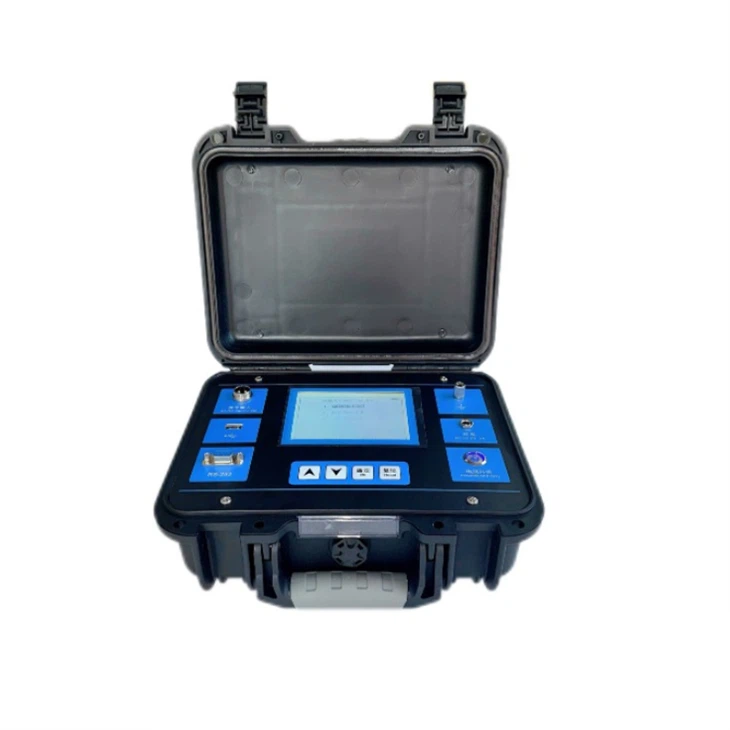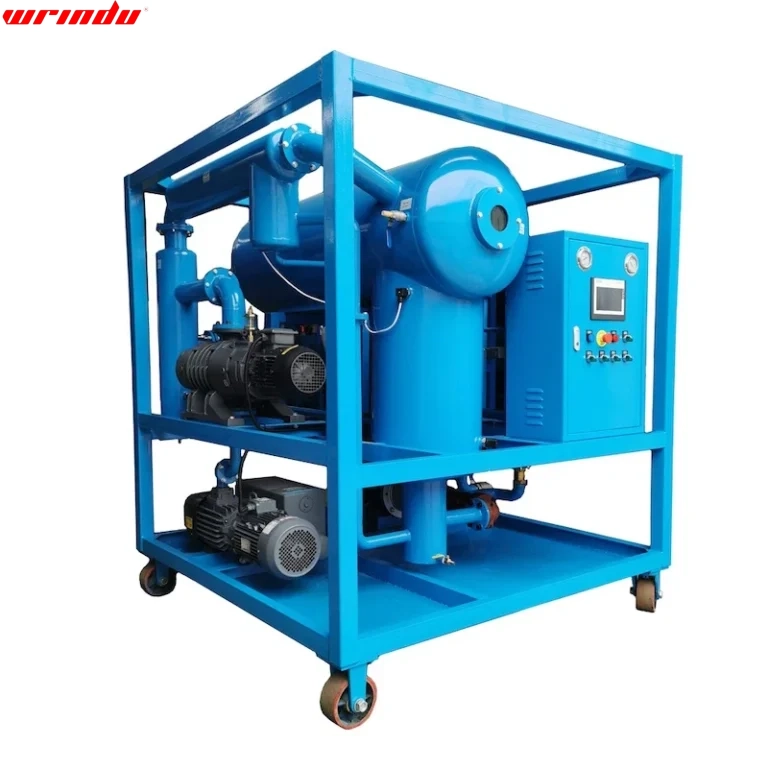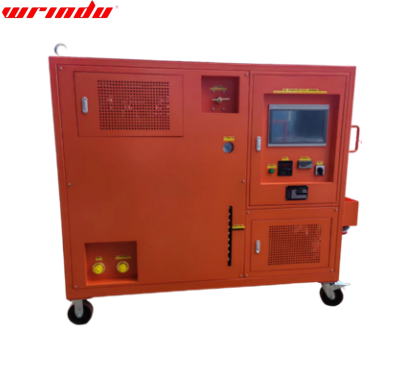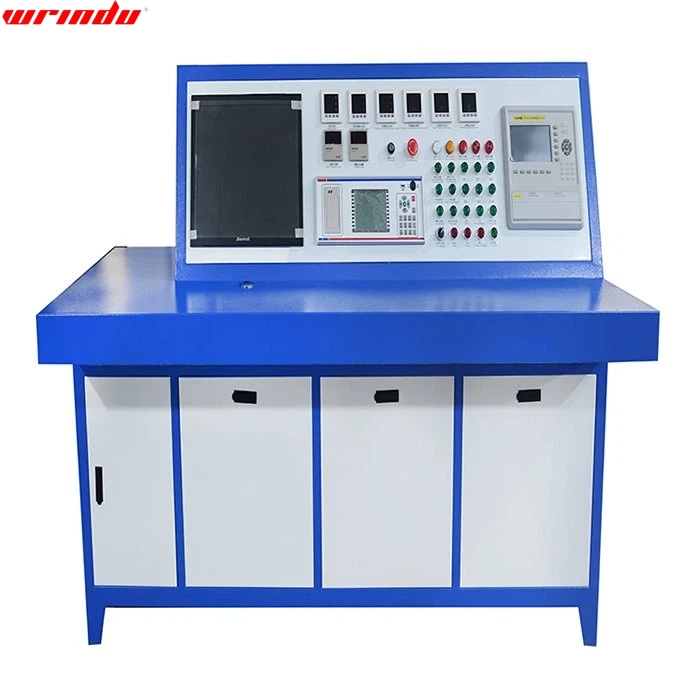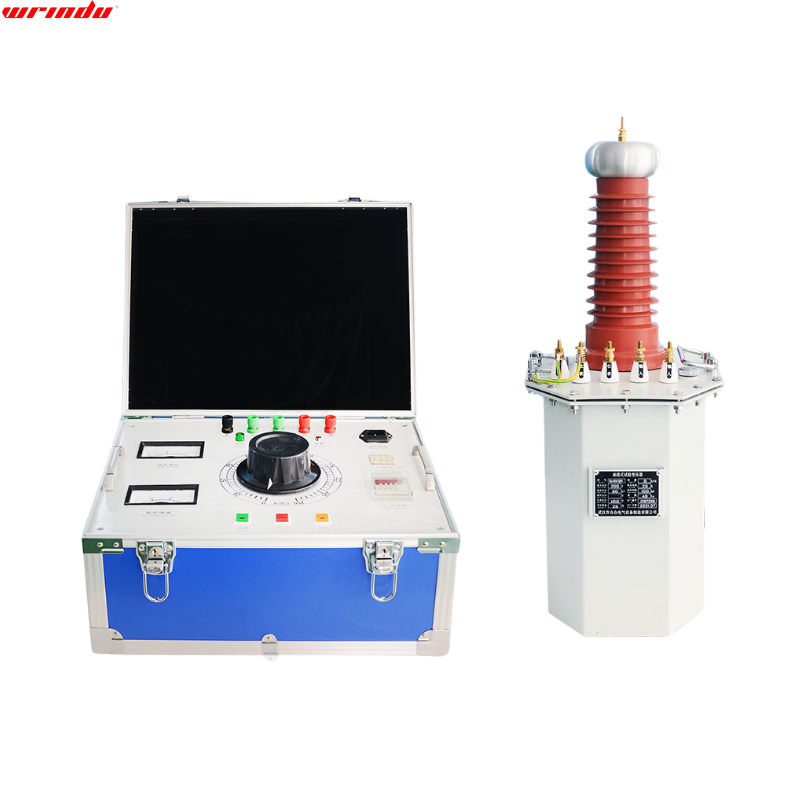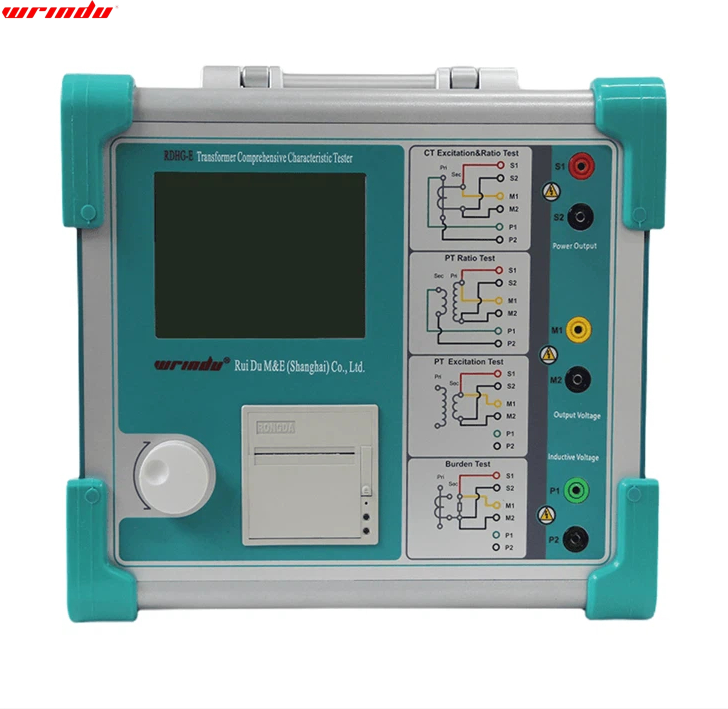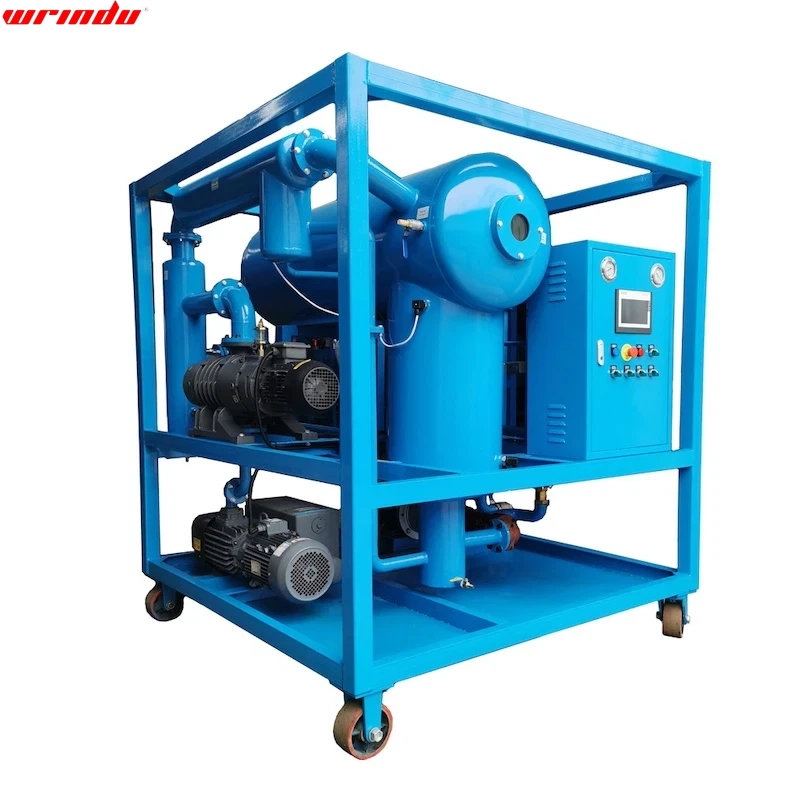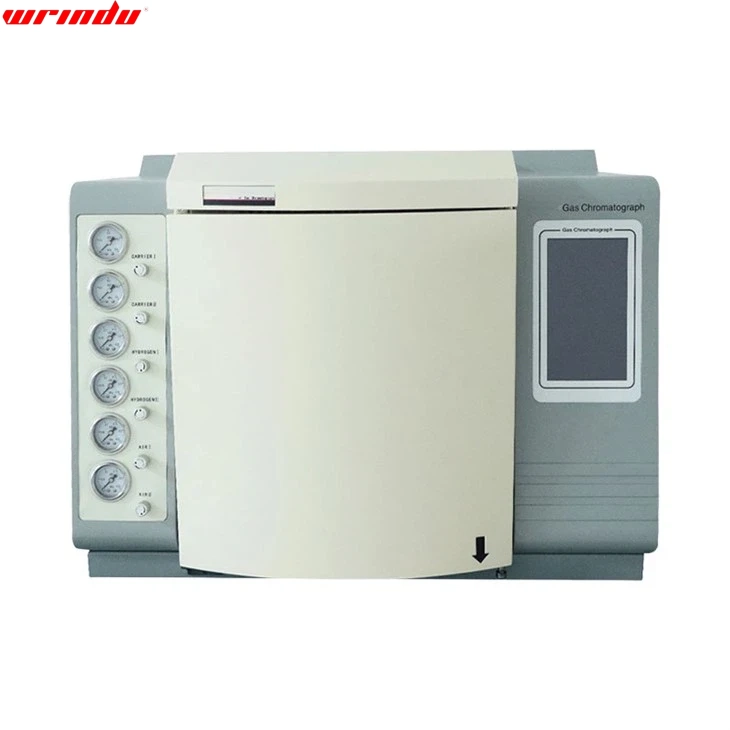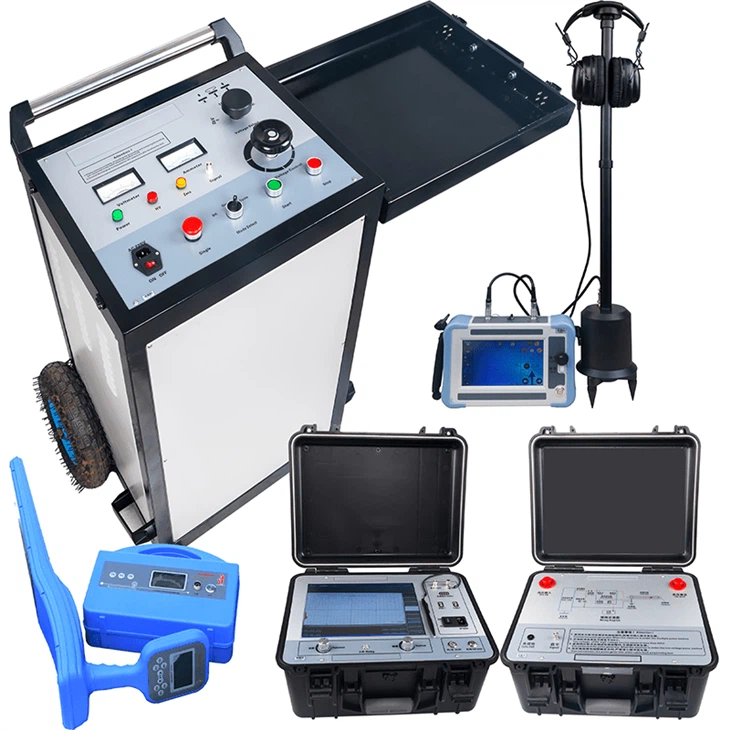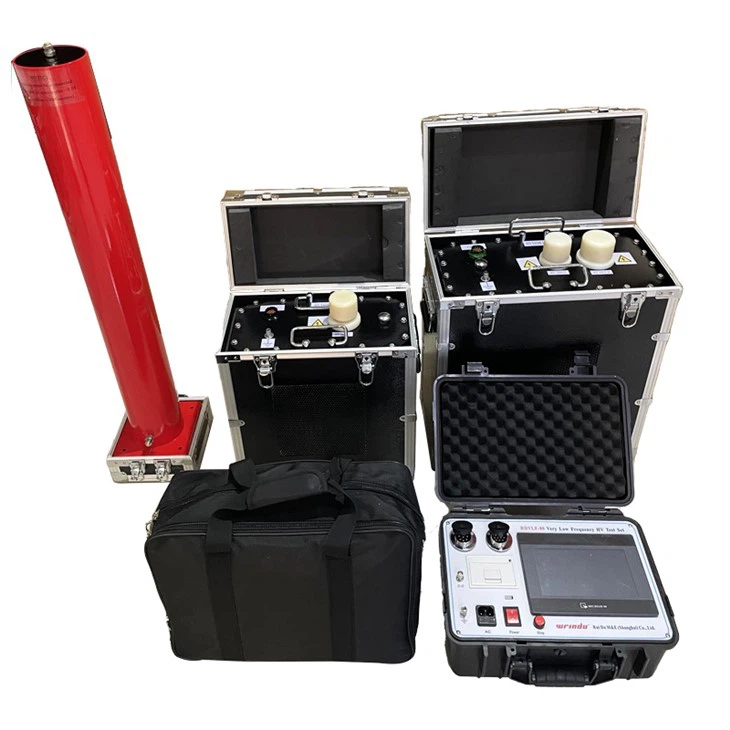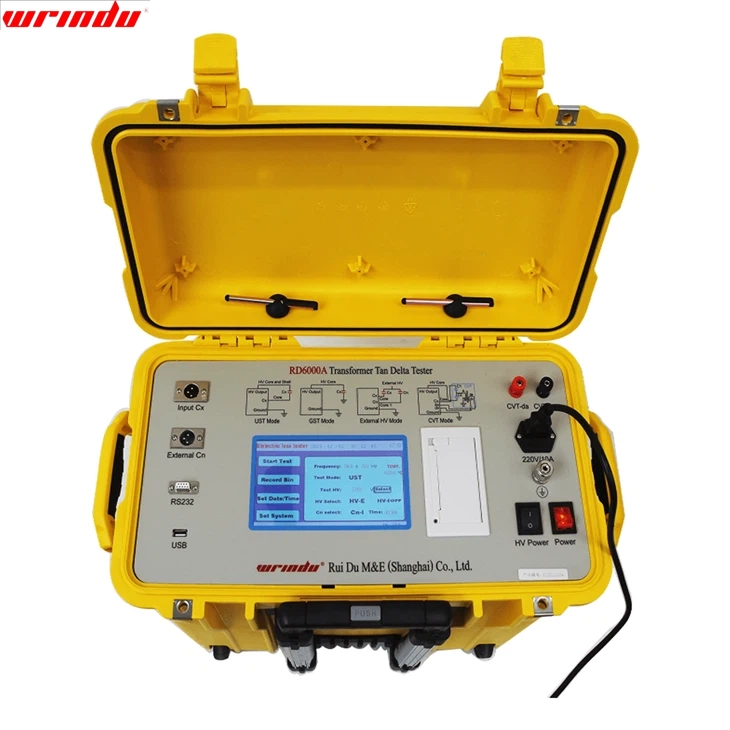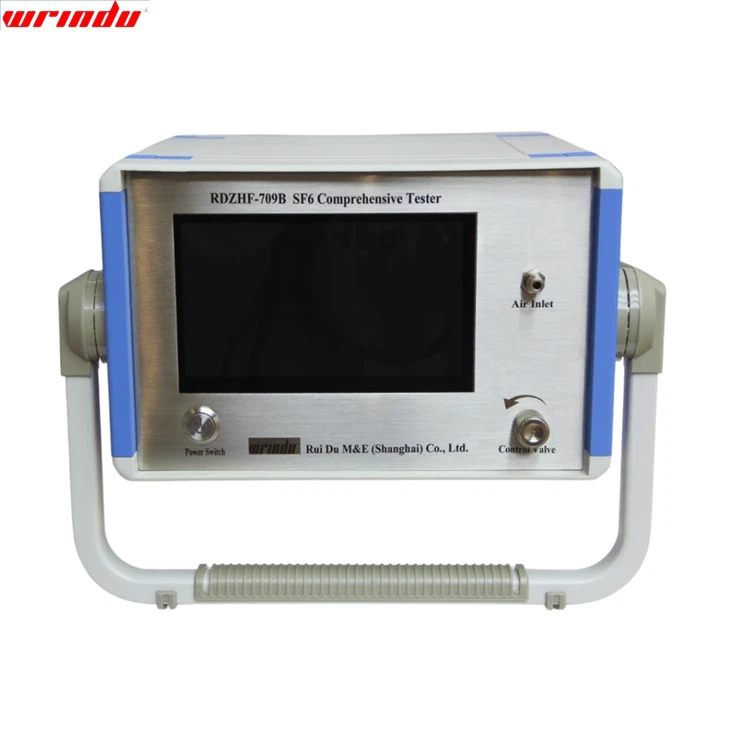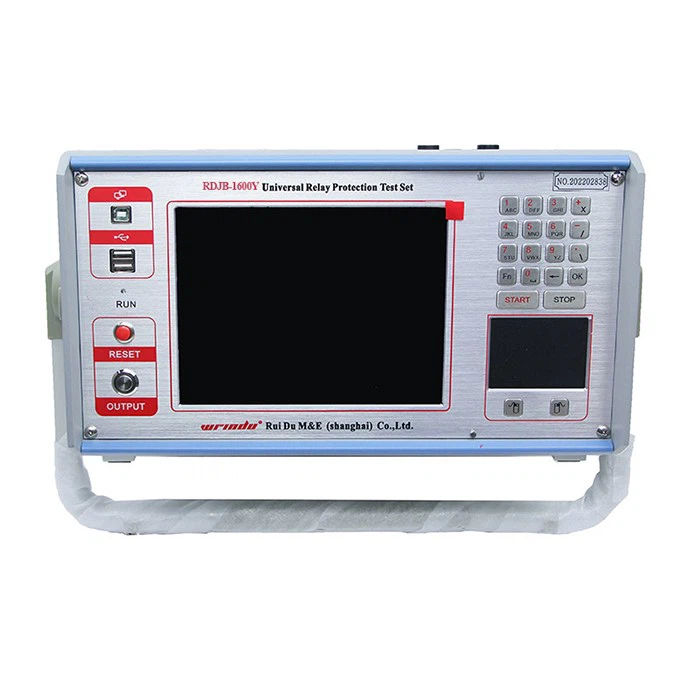OVERVIEW
Disconnector Contact Pressure Testers are the most widely used high-voltage switchgear in power systems. They operate in harsh conditions and are prone to mechanical or electrical failures. In particular, the contact parts of the fingers are easily affected by rain, dust, and harmful gases, resulting in poor contact and heating. The spring that provides pressure to the fingers will anneal due to heat, causing the pressure to drop. This will further cause the fingers to heat up, forming a vicious cycle, eventually burning the fingers and causing accidents.
In response to the current maintenance status of power generation and power supply systems, our company has independently developed an intelligent Disconnector Contact Pressure Tester for measuring the finger pressure of high-voltage disconnectors. Open the test clip sensor of the simulated contact at the contact position of each pair of fingers to display and record the contact pressure of the fingers at that time. It effectively solves a significant problem in the measurement of finger pressure.
CHARACTERISTIC
• Compact design, light and easy to carry, easy to operate.
• The Disconnector Contact Pressure Tester has a backlit LCD screen to ensure clear visibility.
• Built-in lithium battery to support long-term use.
• Equipped with a micro printer to instantly print test reports and graphical data.
For more information about circuit breaker testing equipment, please click More.
To request the latest quotes, please click Contact Us.
FAQ
Q: What is the principle of disconnector?
A: Disconnector works by physically separating electrical contacts to interrupt the flow of electricity, ensuring safety during maintenance or emergencies in electrical systems.
Q: What is the difference between a disconnector and a switch disconnector?
A: A disconnector is designed for circuit isolation only, providing a visible break. A switch disconnector, in addition to isolating the circuit, can also interrupt load currents when opening the contacts, offering enhanced control.
Q: What is the function of a disconnector switch?
A: The primary function of a disconnector switch is to physically disconnect electrical circuits. It creates a visible break in the circuit, effectively isolating components for maintenance, repairs, or ensuring safety during emergencies. This switch doesn’t interrupt load currents but provides a clear indication of circuit isolation, allowing safe work on electrical systems.




